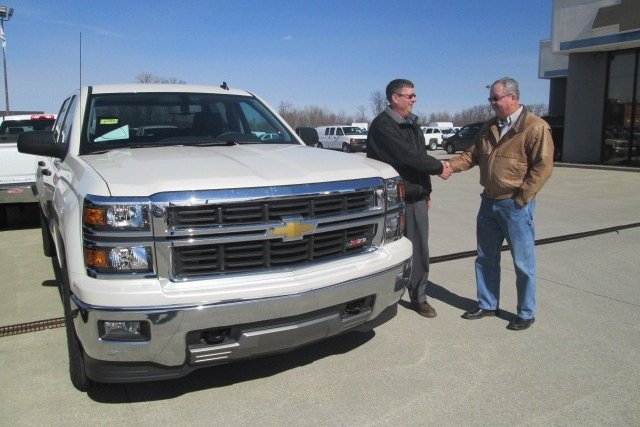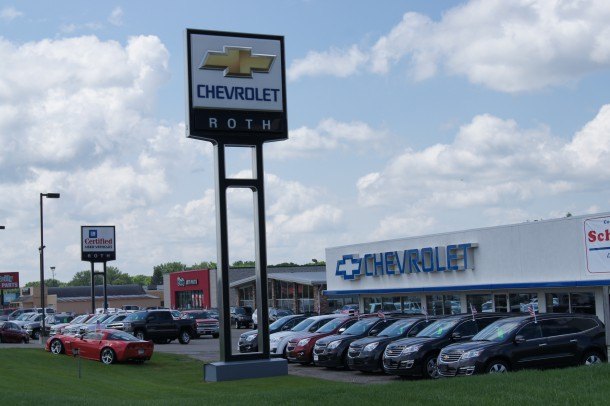#Long-termAutoLoans
It's Not Just Pricing, Auto Loans Are Also Getting Out of Hand
As you’re undoubtedly aware, now isn’t the best time to purchase a new vehicle. While you can currently sell your ride for more than it’s realistically worth, the economy is anything but stable as inflation and supply shortages gum up the works. A lack of semiconductor chips has caused the automotive industry to stutter endlessly throughout 2021, with the issue getting so bad that some manufacturers have been building unfinished vehicles just to give their employees something to do. Ford is even mulling over a strategy to ship those units directly to dealerships so they’ll have something on the lot — effectively making its retail network responsible for final assembly.
But the logistics nightmare is only part of the story. Automotive loans are also becoming untenable as terms stretch out endlessly. Cars continue getting more expensive and the average consumer is losing their buying power. The preferred solution is for financiers to extend agreements so customers can continue making the same monthly payments while accruing more on interest over the duration. While effective in the short term, and bound to make banks money as we’re all driven deeper into debt, one wonders how this plays out on a grander scale.
If U.S. Auto Sales Were Growing Like Canadian Auto Sales, Americans Would Buy 18.5 Million Vehicles In 2017
In concert with the American auto industry, Canada’s auto industry reported an all-time record year of sales in 2016.
The difference? In Canada, 2016 represented the fourth consecutive year of record sales. Another difference? Canadian auto sales just kept on growing throughout 2017. Most recently, that streak of increases included an 8-percent year-over-year uptick in September 2017. Sales last month were 16-percent stronger than they typically are in September.
Month after month after month, Canada’s auto industry just keeps on smashing records. It’s as if the U.S. auto industry posted its banner year of 17.5 million sales in 2016 and then bettered that with 18.5 million sales in 2017.
How Do Americans Manage to Pay Record High Prices for New Cars in 2017? By Paying Forever
Yet month after month, for six consecutive months to begin 2017, automakers are witnessing fewer and fewer buyers walking into dealers after sales shot to record levels in calendar year 2016.
Incentives, at $3,550 per car, are an effective lure. But that doesn’t change the fact that buyers are paying, on average, $33,000 and borrowing, according to Edmunds, $31,000 in order to finance a purchase.
How do car buyers afford the highest prices on record? By stretching the payment period to the longest terms ever: 69.3 months in June, Edmunds says.
American Car Buyers Can't Get Enough of Long-Term Car Loans
The low, low monthly payments offered by spreading the cost of a new or used vehicle across a vast gulf of time is certainly an attractive one, even though the practice is fraught with hidden danger.
For U.S. car buyers, it has also become a very popular one, with data showing just how many people have decided to embrace a 73- to 84-month payment plan. Not only are their spending habits changing, they’re also changing their lender.
Millennials Like Cars (Full Stop) and Are Warming up to Leasing
It’s long past time to put the bike (myth) away.
Outside of certain urban centers, Millennials are cuckoo for cars. Jobs and families and lifestyles, you see. As more members of the youngest car buying cohort show up at dealers looking to sign on the dotted line, their method of payment is evolving, too.
US Spending On New-Car Purchases Hit All-Time High In May 2015
As loan terms continue to stretch further into the future, spending on new-car purchases hit a new all-time high in May 2015.
More US Consumers Signing Long-Term Auto Loans
In the past, six-year auto loans were few and far between. Today, more of those loans are being issued, with seven- and eight-year loans gaining popularity.
More Trade-Ins Pulled Underwater As Negative Equity Level Rises
As more consumers trade-in their old vehicles for a newer model, a growing number of consumers are owing more on their trade-in than their vehicle’s actual worth.























Recent Comments